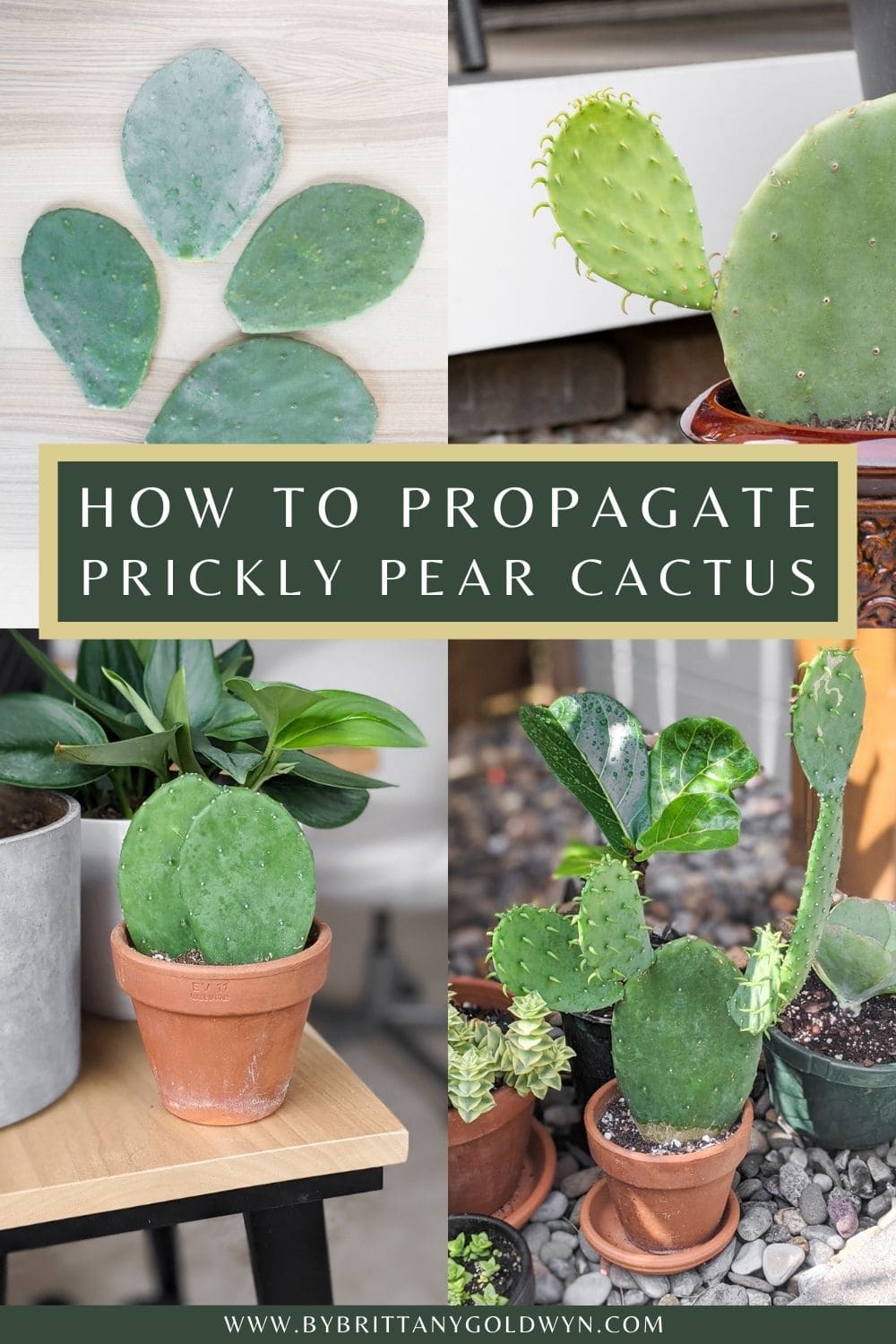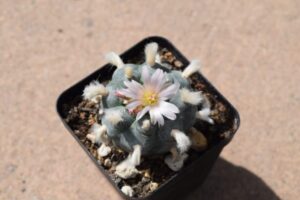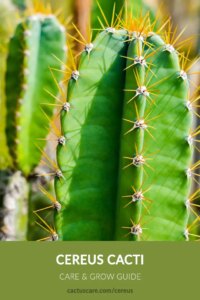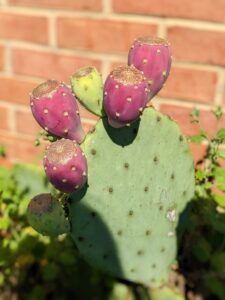Prickly pear cactus, scientifically known as Opuntia, is a captivating plant that brings a unique aesthetic to any garden or indoor space. How intriguing is it to think that from a single pad, an entire plant can arise? Yet, the process poses a delightful challenge for many: can you nurture this resilient cactus to thrive in your setting? Here’s a thorough step-by-step guide on how to grow prickly pear cactus from pads.
Understanding the fundamental traits of the prickly pear is crucial before delving into the propagation process. This succulent is characterized by its flat pads, which are essentially modified stems that store water. With over 200 species, these cacti can flourish in arid climates, making them an excellent choice for desert gardens or xeriscaping. They are not only visually arresting but also produce vibrant flowers and delectable fruits known as “tunas.” However, the task of growing them from pads requires patience and precision.
The initial step endeavors into the selection of the pad. Whence a prickly pear cactus is already established, look for a healthy, mature pad. Choosing the right pad is pivotal. It should be free of blemishes, rot, or pests. Opt for pads measuring around 4-6 inches in length. How exciting it is to envision potential springing from this seemingly simple choice!
Once the pad is selected, it is advisable to allow it to callous before planting. Place the pad in a cool, dry space, devoid of direct sunlight. During this resting period of about one to two days, the cut end of the pad develops a protective layer that minimizes the risk of rot upon planting.
Choosing the right medium for planting is the next endeavor. The prickly pear flourishes in well-draining soil. A mix formulated specifically for cacti or succulents is ideal. Alternatively, you can craft your own mix using a combination of potting soil, coarse sand, and perlite. This amalgamation ensures the soil retains minimal moisture while still offering necessary nutrients. Selecting a pot with adequate drainage holes is also paramount to prevent excess water retention.
Now, it’s time to plant the pad. Position it upright in the soil so that approximately one to two inches of the bottom are buried, with the pad’s cut end embedded in the soil. This step is crucial for successfully rooting the pad, so exercise gentleness throughout the process. Firm the soil around the base to secure the pad, and once it’s stably positioned, refrain from watering immediately. Herein lies a possible challenge: too much initial moisture can lead the pad to rot rather than thrive. How will you remember this important tip when the excitement of planting strikes?
After a brief waiting period of about a week, it’s time to initiate watering. Begin with a small amount of water, allowing the soil to become lightly moist but not saturated. As the cactus begins to establish itself, watering should be infrequent. Generally, a thorough soaking followed by periods of dryness works well. The rule of thumb with cacti is to “water when the soil is completely dry.”
Just how much sunlight does a prickly pear pad crave? Warmth and sunlight are essential for this desert dweller. Find a location that receives at least six hours of direct sunlight daily. This will encourage healthy growth and vibrant color in both the pads and flowers as your cactus flourishes. Indoor gardeners might utilize a south-facing window to meet these light requirements.
Pests and diseases can pose a challenge to any gardener. So, vigilance is your ally here. Regularly inspect your prickly pear for signs of mealybugs or scale. If noticed, rinsing the pads with water can often eliminate these pests. As a safeguard, consider applying neem oil or insecticidal soap, particularly during the growing season.
Once the pad has established roots, which typically takes 3-6 weeks, you may notice new growth emerging. This is a rewarding signal that your efforts are paying off. As the pads multiply, be prepared for the potential of flowering during the blooming season. You might even be privy to the refreshing spectacle of fruit developing, an added bonus of your successful endeavor.
However, do be mindful of your expectations; prickly pears can produce fruit in their late maturity, often taking several years, and fruiting may vary based on species and specific environmental conditions. How does one maintain patience and commitment while awaiting this rewarding event? Reminding yourself of the journey and the ultimate beauty that lies ahead can serve as motivation!
To summarize, growing prickly pear cactus from pads is a gratifying horticultural endeavor. The steps outlined—from selecting and preparing a healthy pad to ensuring the right environment—cultivate the potential for success. Each stage presents opportunities and challenges that heighten the experience of nurturing this resilient plant. Embrace the process, and soon enough, you may find yourself not just collecting pads but creating a thriving prickly pear oasis in your space.





Leave a Comment